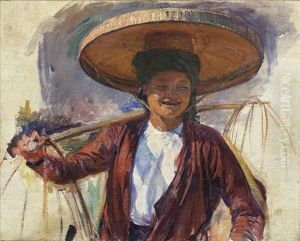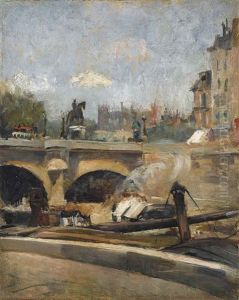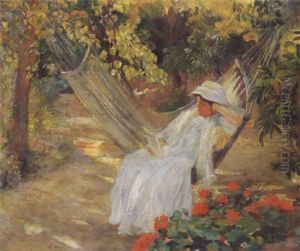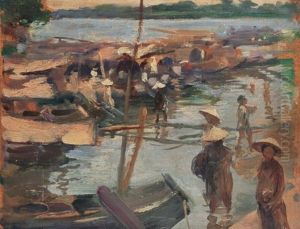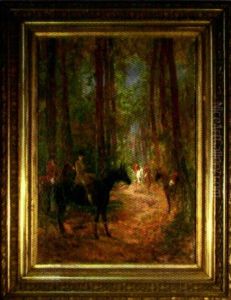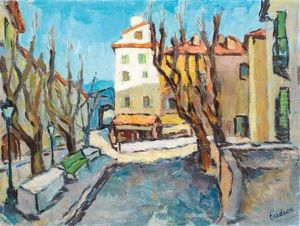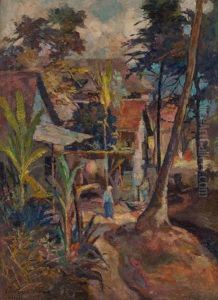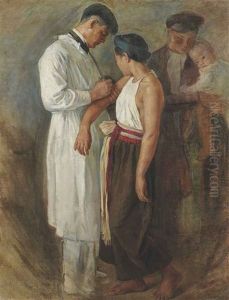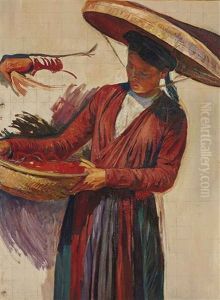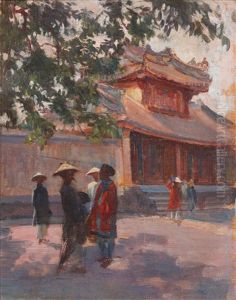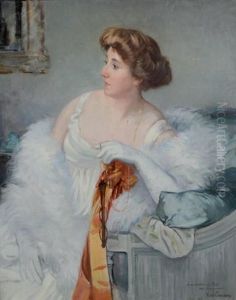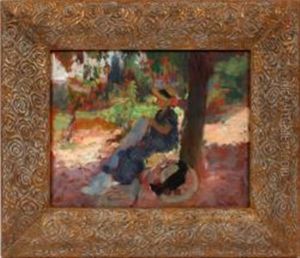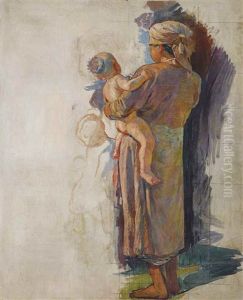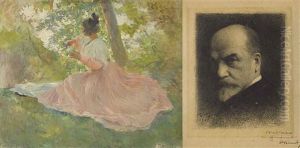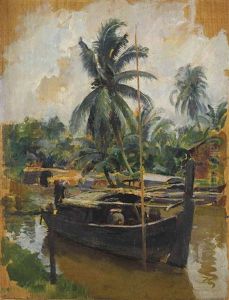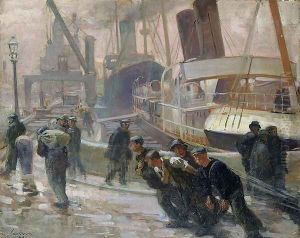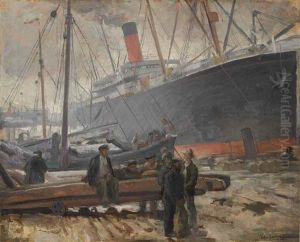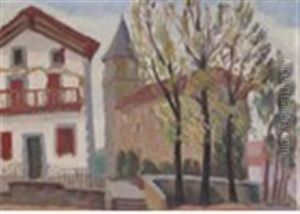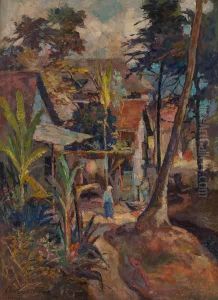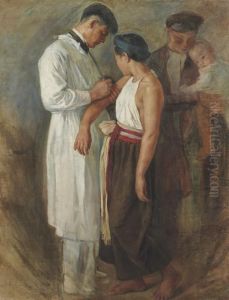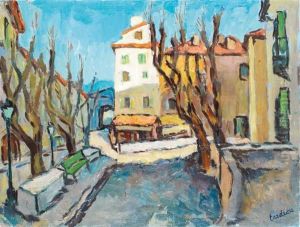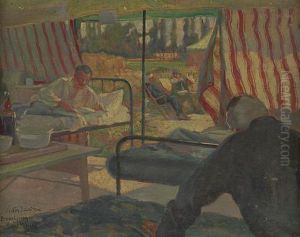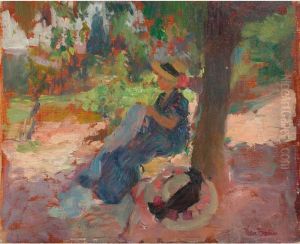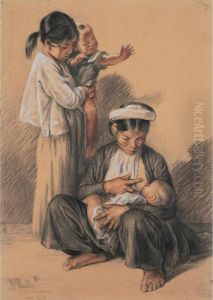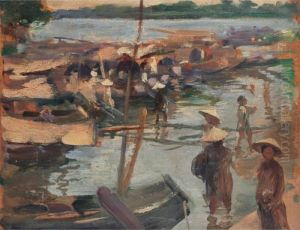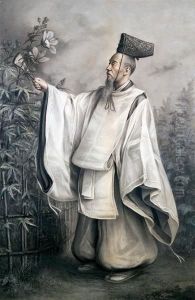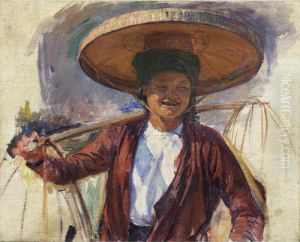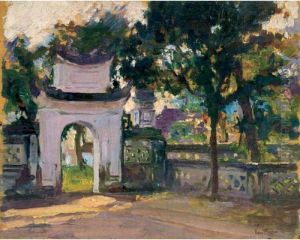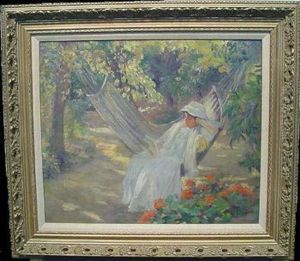Victor Francois Tardieu Paintings
Victor François Tardieu was a French painter born on January 22, 1870, in Lyon, France. He was an influential artist and educator in the early 20th century, best known for his role in establishing the École Supérieure des Beaux-Arts de l'Indochine in Hanoi, Vietnam. Tardieu received his artistic training at the École des Beaux-Arts in Paris, where he was a student of the renowned French painter, Fernand Cormon.
Tardieu's artistic career was marked by his traditional approach, often focusing on landscapes, portraits, and still lifes. His style was rooted in the academic painting tradition of the 19th century, reflecting the teachings of his mentor, Cormon. Tardieu exhibited his work at the Paris Salon, receiving critical acclaim and winning several awards, including the prestigious Prix de Rome in 1903, which allowed him to study at the French Academy in Rome at the Villa Medici.
Beyond his artistic achievements, Tardieu's most significant contribution was in the field of art education. In 1925, he was instrumental in founding the École Supérieure des Beaux-Arts de l'Indochine, which aimed to nurture and promote artistic talent in French Indochina. The school became a crucible for the development of modern art in Vietnam and trained several generations of influential Vietnamese artists. Tardieu served as the school's first director and worked to create a curriculum that combined French academic art techniques with local Vietnamese artistic traditions and motifs.
Tardieu's impact on the art scene in Vietnam was profound, and his legacy is seen in the works of his students, who became prominent figures in Vietnamese modern art. Despite the importance of his educational work, Tardieu continued to paint and exhibit his own works, maintaining a connection with the art world in France while fostering the growth of the art community in Vietnam.
Victor François Tardieu died on November 10, 1937, in Hanoi, leaving behind a rich legacy as both an artist and an educator. His efforts in bridging Western and Eastern artistic practices have had a lasting impact, particularly in Vietnam, where the École Supérieure des Beaux-Arts de l'Indochine (now the Vietnam University of Fine Arts) remains a prestigious institution for art education.
